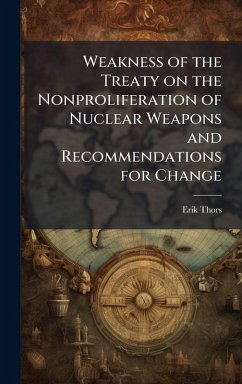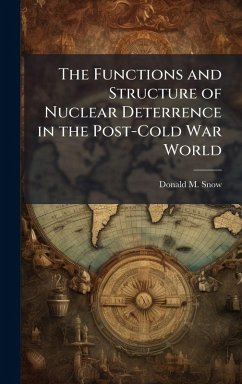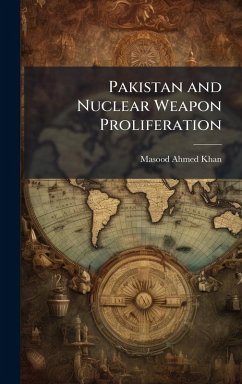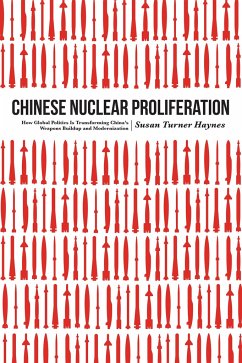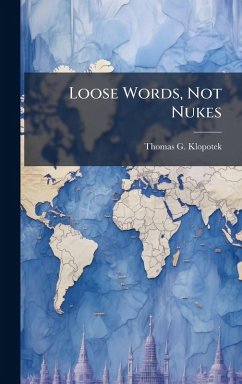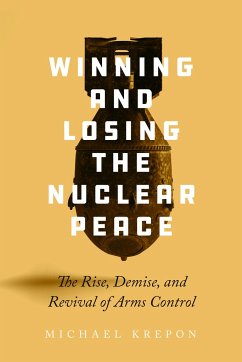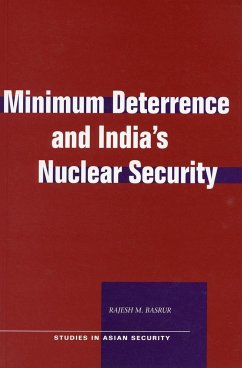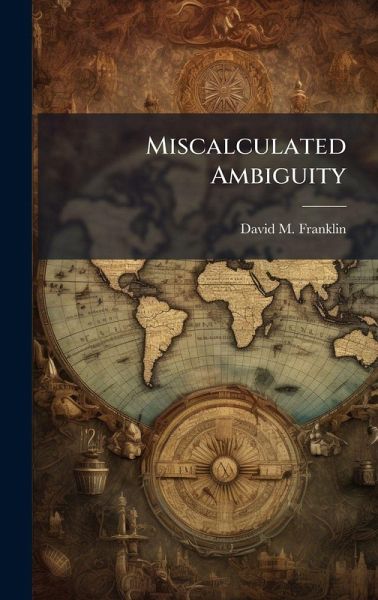
Miscalculated Ambiguity
Versandkostenfrei!
Versandfertig in über 4 Wochen
29,99 €
inkl. MwSt.
Weitere Ausgaben:

PAYBACK Punkte
15 °P sammeln!
This study analyzes how the new nuclear declaratory policy, espoused in the 2010 Nuclear Posture Review, balances the goals of deterrence and nonproliferation. The author concludes that increasing complexity in the nuclear arena makes reliance on the legacy policy of "calculated ambiguity" both increasingly hazardous for deterrence and decreasingly effective as a nonproliferation tool. These detrimental outcomes demand innovation in strategic thinking and revision of nuclear declaratory policy, specifically through adoption of a sole-purpose nuclear policy. Employed in the assessment of the ne...
This study analyzes how the new nuclear declaratory policy, espoused in the 2010 Nuclear Posture Review, balances the goals of deterrence and nonproliferation. The author concludes that increasing complexity in the nuclear arena makes reliance on the legacy policy of "calculated ambiguity" both increasingly hazardous for deterrence and decreasingly effective as a nonproliferation tool. These detrimental outcomes demand innovation in strategic thinking and revision of nuclear declaratory policy, specifically through adoption of a sole-purpose nuclear policy. Employed in the assessment of the new policy is a multiple methodological approach using historical, theoretical and practical frameworks. This study undertakes an appraisal of historic deterrence policies and nonproliferation initiatives exposing the essential elements of each. Building off these assessments, a comparative analysis of the new policy, dubbed "Lead-but-Hedge", and a sole-purpose policy illuminates the strengths and shortfalls of each. Finally, the author examines the strategic consequences of the new policy on the nuclear decision-making of allies (Japan), competitors (India), and rivals (Iran). This work has been selected by scholars as being culturally important, and is part of the knowledge base of civilization as we know it. This work was reproduced from the original artifact, and remains as true to the original work as possible. Therefore, you will see the original copyright references, library stamps (as most of these works have been housed in our most important libraries around the world), and other notations in the work. This work is in the public domain in the United States of America, and possibly other nations. Within the United States, you may freely copy and distribute this work, as no entity (individual or corporate) has a copyright on the body of the work. As a reproduction of a historical artifact, this work may contain missing or blurred pages, poor pictures, errant marks, etc. Scholars believe, and we concur, that this work is important enough to be preserved, reproduced, and made generally available to the public. We appreciate your support of the preservation process, and thank you for being an important part of keeping this knowledge alive and relevant.




